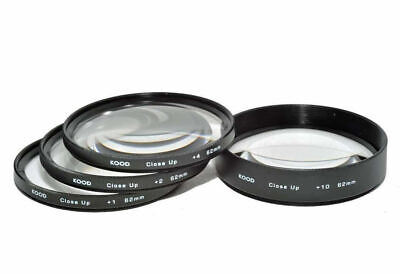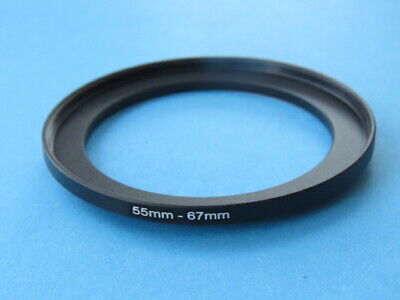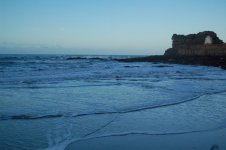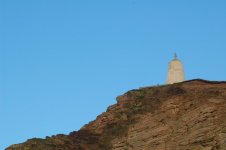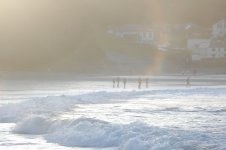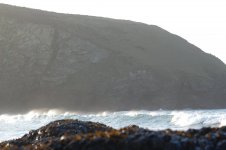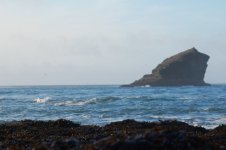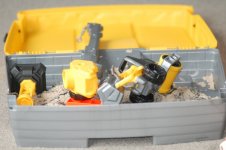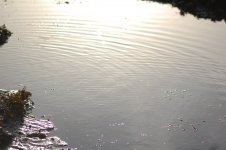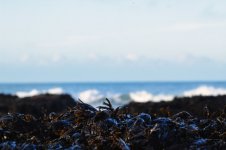Hi All,
I have inherited a Nikon D40 with x2 lenses. I don’t know how good/bad this camera is, so if someone can shed some light on this, that’ll be appreciated. It was my grandads camera who sadly passed away and am I wanting to use it and get into photography as a hobbie.
I’m totally new to all of this, but willing to learn. I have purchased the D40 digital field guide by David D.Busch. I’ve read it to get my head around the camera and photography itself.
I’ve also been learning about the “triangle”, as I know this is a fundamental and I think I have a slight understanding of it.
I live in Cornwall, so I would like to take photos of landscape, architecture and possibly wildlife, when I’m more confident. I do like the macro photos as well, so my question is, Would I be able to teach myself to be able to do all of the genres above?
I have inherited a Nikon D40 with x2 lenses. I don’t know how good/bad this camera is, so if someone can shed some light on this, that’ll be appreciated. It was my grandads camera who sadly passed away and am I wanting to use it and get into photography as a hobbie.
I’m totally new to all of this, but willing to learn. I have purchased the D40 digital field guide by David D.Busch. I’ve read it to get my head around the camera and photography itself.
I’ve also been learning about the “triangle”, as I know this is a fundamental and I think I have a slight understanding of it.
I live in Cornwall, so I would like to take photos of landscape, architecture and possibly wildlife, when I’m more confident. I do like the macro photos as well, so my question is, Would I be able to teach myself to be able to do all of the genres above?

